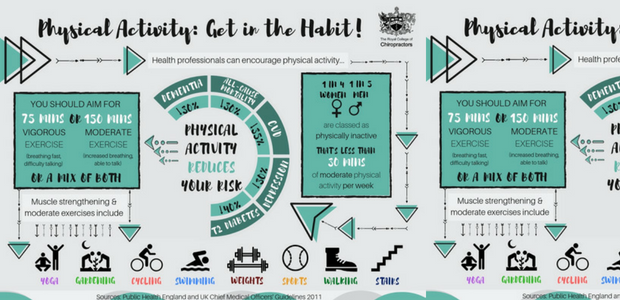A Relative Analysis Of Acupuncture And Alternate Pain Administration Methods
A Relative Analysis Of Acupuncture And Alternate Pain Administration Methods
Blog Article
Content Create By-Drejer Topp
When you think about pain administration choices, you may find yourself weighing the benefits and drawbacks of numerous methods, including acupuncture, over the counter medicines, and physical treatment. While several strategies offer relief, they commonly include their own set of difficulties, like side effects or prolonged therapy times. Acupuncture attracts attention for its unique capacity to advertise self-regulation with less threats. Yet how does its performance compare to more traditional techniques? The subtleties of these techniques can considerably influence your options, and discovering them additionally might result in surprising understandings.
Review of Pain Monitoring Techniques
When it concerns handling pain, you have a range of techniques at your disposal. These approaches can vary from traditional techniques to much more alternate therapies. Understanding your options is vital in locating what works best for you.
One common technique is over-the-counter medicines like ibuprofen or acetaminophen, which can give quick alleviation for light to moderate pain. Prescription drugs, including opioids, may be required for more extreme pain, though they feature dangers of reliance and adverse effects.
Physical treatment is another effective technique, focusing on exercises and stretches to enhance muscle mass and boost wheelchair. This method often assists in handling chronic discomfort problems.
Additionally, some individuals turn to even more all natural choices, such as massage treatment, which can ease tension and enhance circulation.
Mind-body techniques, like mindfulness reflection or yoga exercise, assist you take care of discomfort by minimizing stress and enhancing your psychological strength.
Last but not least, way of life modifications, such as keeping a healthy diet and normal workout, can play an essential function in total pain management. Each method has its pros and cons, so it's essential to explore what suits your needs and choices best.
Advantages of Acupuncture
Acupuncture offers an unique strategy to pain management that stands out amongst numerous methods. By targeting specific points on your body, it boosts the circulation of power, or "qi," advertising all-natural healing and decreasing discomfort.
Among the biggest advantages is its very little side effects. Unlike some drugs, which can bring about reliance or undesirable health and wellness issues, acupuncture is an all natural therapy that urges your body's self-regulation.
You'll likely locate that acupuncture sessions can help eliminate persistent pain, frustrations, and even anxiety. Many people experience a sense of relaxation and health during and after treatment, which can enhance total lifestyle.
Plus, it's a versatile choice; it can be used together with other treatments, making it a fantastic complement to your existing discomfort administration plan.
Salt Lake City chiropractic consultations is that acupuncture can be tailored to your particular needs. Your specialist will certainly evaluate your condition and create a tailored treatment strategy, ensuring you get the care that best sustains your recuperation.
With its ancient origins and expanding approval in contemporary medication, acupuncture stands out as a compelling option for discomfort alleviation.
Contrasting Effectiveness and End Results
Pain management strategies vary widely in their efficiency and outcomes, making it essential to comprehend how they stack up against each other. When considering options like acupuncture, physical therapy, and medicine, you'll find distinct distinctions in how each method addresses pain.
Acupuncture, for instance, frequently offers alleviation for chronic pain problems, with research studies showing significant improvements in pain levels for several patients.
On the other hand, medicines like opioids can properly manage sharp pain however bring risks of reliance and negative effects.
Physical therapy focuses on recovery and might take longer to show results, which can be irritating if you need instant alleviation.
When examining these methods, consider your specific discomfort kind and your individual health and wellness objectives. Some individuals discover that a mix of techniques works ideal for them.
For example, you could gain from acupuncture sessions alongside physical therapy to make best use of recuperation.
Ultimately, comprehending the performance and outcomes of each technique will help you make informed decisions regarding your discomfort administration strategy, allowing you to select the approach that best matches your requirements and way of life.
Verdict
In summary, acupuncture sticks out as a valuable alternative to standard discomfort monitoring methods. It provides fast alleviation and cultivates self-regulation without the threats of dependency related to medicines. While physical therapy might require more time for results, acupuncture can offer immediate advantages, making it an enticing option for those seeking remedy for persistent discomfort and stress. By integrating acupuncture right into your discomfort monitoring plan, you can boost your overall wellness and redeem control over your wellness.
